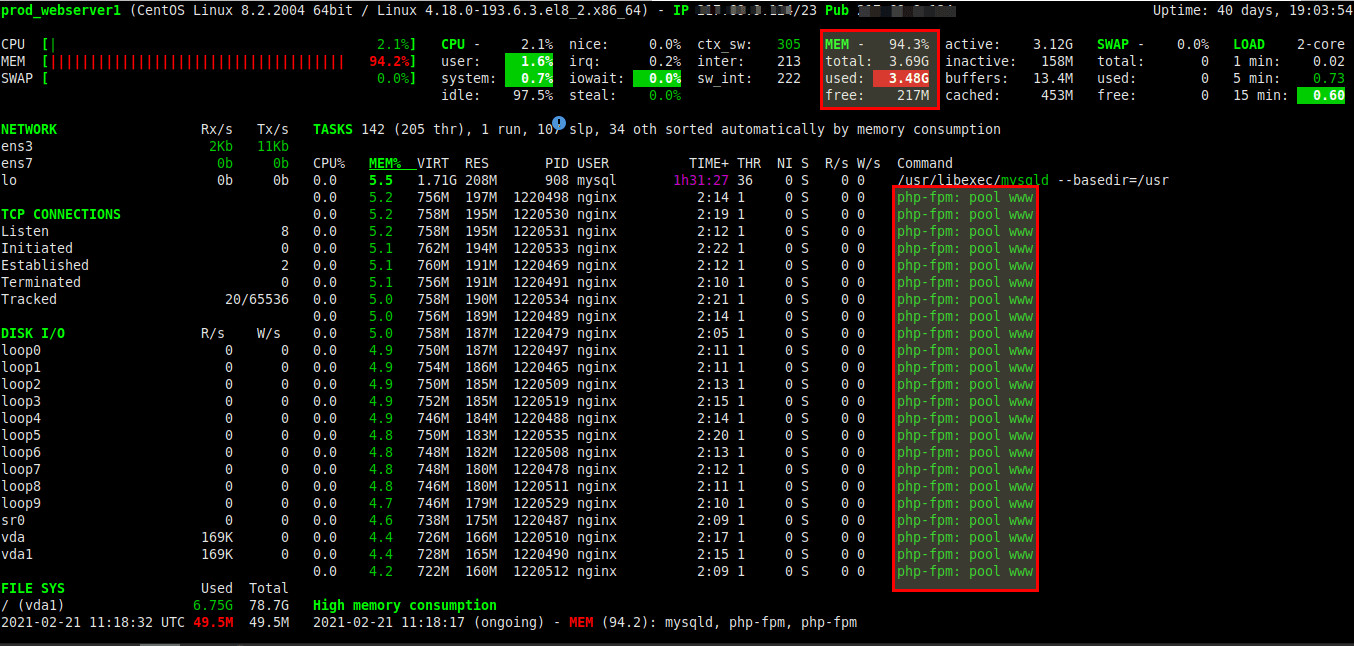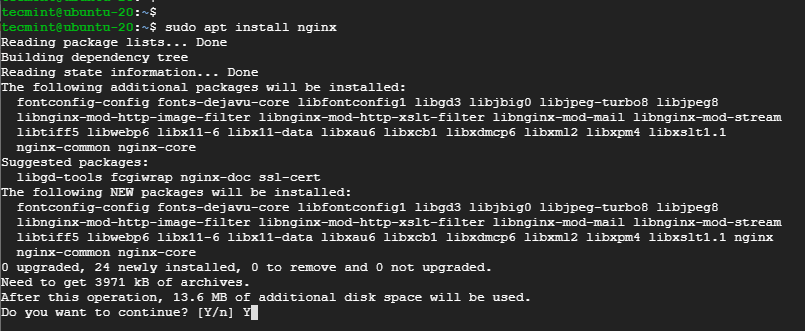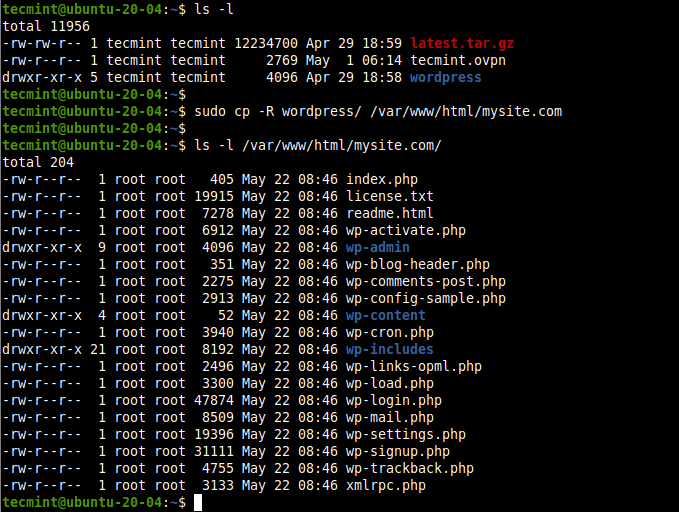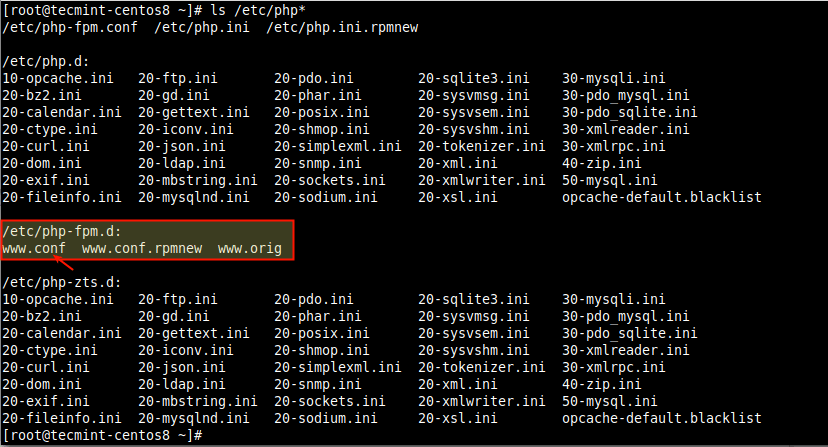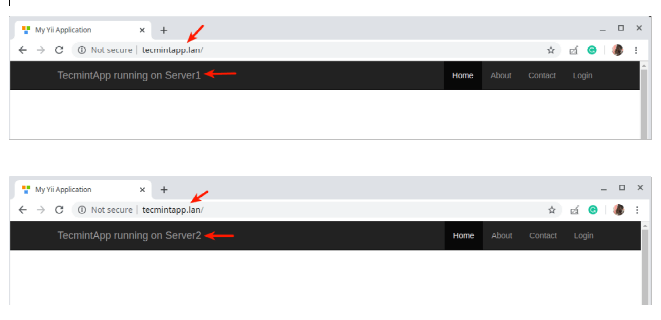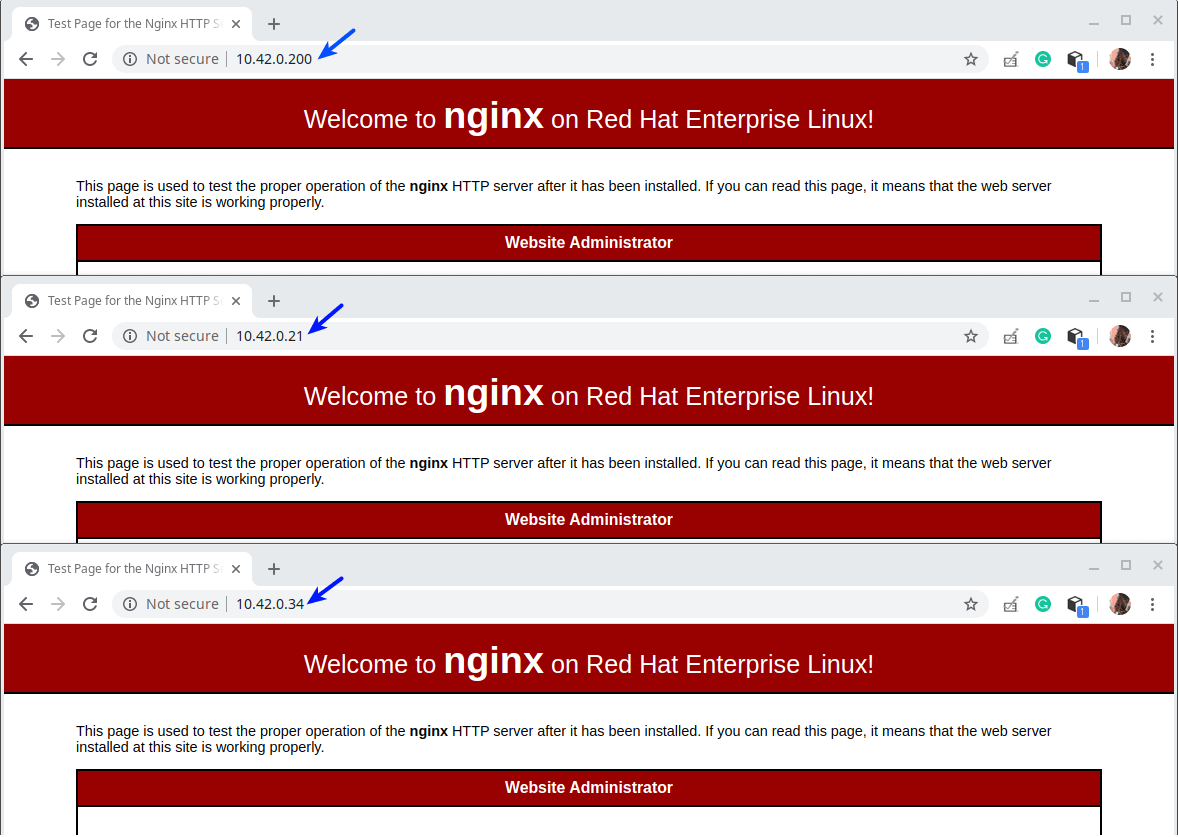LEMP is a popular stack that comprises open-source software that is collectively used to host and serve web applications, whether in production or any stage along the development cycle. The terminology LEMP is an acronym for Linux, Nginx (pronounced as Engine X, hence the E) which is a web browser, MariaDB or MySQL – database,
Nginx Tips - DesignLinux
How To Prevent PHP-FPM From Consuming Too Much RAM in Linux
If you have deployed a LEMP (Linux, NGINX, MySQL/MariaDB, and PHP) stack, then you are probably using FastCGI proxying within NGINX (as an HTTP server), for PHP processing. PHP-FPM (an acronym of FastCGI Process Manager) is a widely-used and high-performance alternative PHP FastCGI implementation. Here are the useful guides on setting up LEMP Stack in
How to Install Nginx Web Server on Ubuntu 20.04
Nginx is an opensource, high-performance web server that commands a huge market share in production environments. It’s a lightweight and robust web server that is mostly used in hosting high-traffic websites. Related Read: How to Install Apache Web Server on Ubuntu 20.04 In this guide, you will learn how to install the Nginx web server
How to Install WordPress with Nginx in Ubuntu 20.04
Today, over 36% of the web runs on the WordPress platform, as it is one of the most widely used open-source content management systems for creating a website or blog using its powerful features, beautiful designs, and above all, the freedom to build anything you want. Read Also: How to Install WordPress with Apache in
How to Cache Content in NGINX
NGINX being a consolidated open-source, high-performance web server that speeds up content and application delivery, enhances security, and improve scalability. One of the most common use cases of Nginx is a Content Caching, which is the most effective way to boost the performance of a website. Read Also: 10 Top Open Source Caching Tools for
How to Enable HTTP/2.0 in Nginx
HTTP/2 is the latest standard for the HTTP protocol, it is the successor of HTTP/1.1. It is becoming increasingly popular due to the benefits it brings to web developers and users in general. It provides an optimized transport for HTTP semantics by supporting all the core features of HTTP/1.1 but aims to be more efficient
How to Connect NGINX to PHP-FPM Using UNIX or TCP/IP Socket
NGINX web server (as reverse proxy) serves PHP applications through the FastCGI protocol (as a backend application server). NGINX employs PHP-FPM (FastCGI Process Manager), an alternative PHP FastCGI implementation that runs in the background as a daemon, listening for CGI requests. It comes with extra features designed for powering heavy-loaded websites or web applications, but
How to Use Nginx as an HTTP Load Balancer in Linux
When it comes to setting up multiple application servers for redundancy, load balancing is a commonly used mechanism for efficiently distributing incoming service requests or network traffic across a group of back-end servers. Load balancing has several advantages including increased application availability through redundancy, increased reliability and scalability (more servers can be added in the
How to Setup HAProxy as Load Balancer for Nginx on CentOS 8
To ensure maximum web application availability, scalability, and high performance, it is now common to implement technologies that introduce redundancy, such as server clustering and load balancing. For example, setting up a cluster of servers that all run the same application(s) and then deploying load balancer(s) in front of them to distribute the traffic. HAProxy


